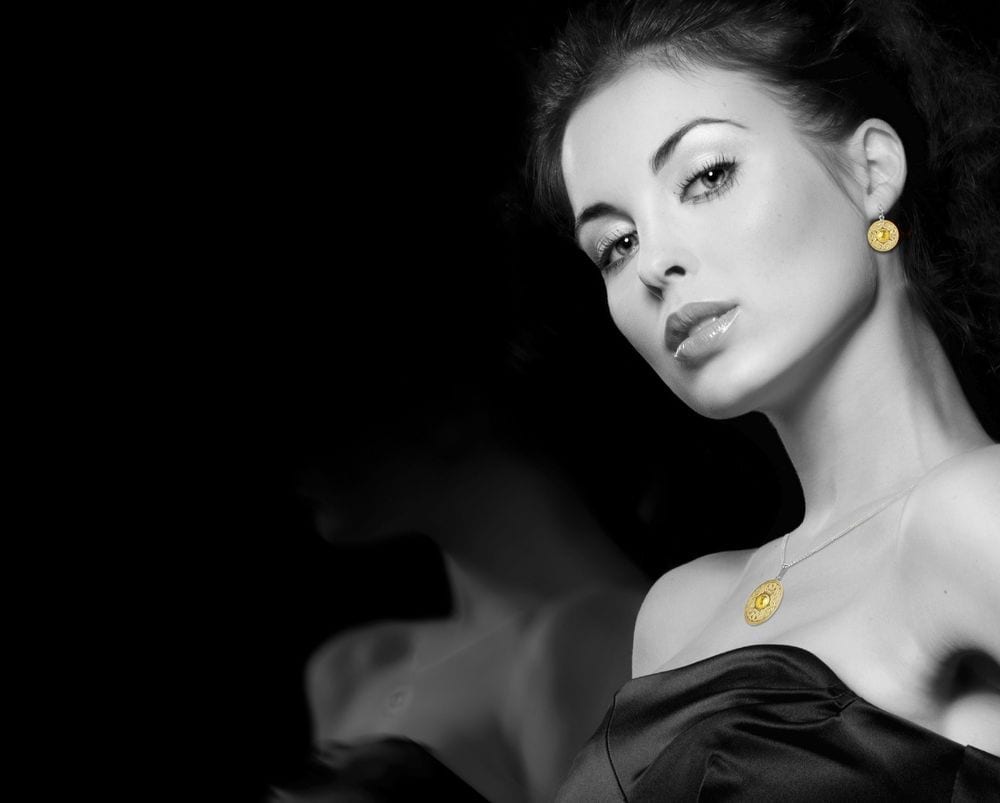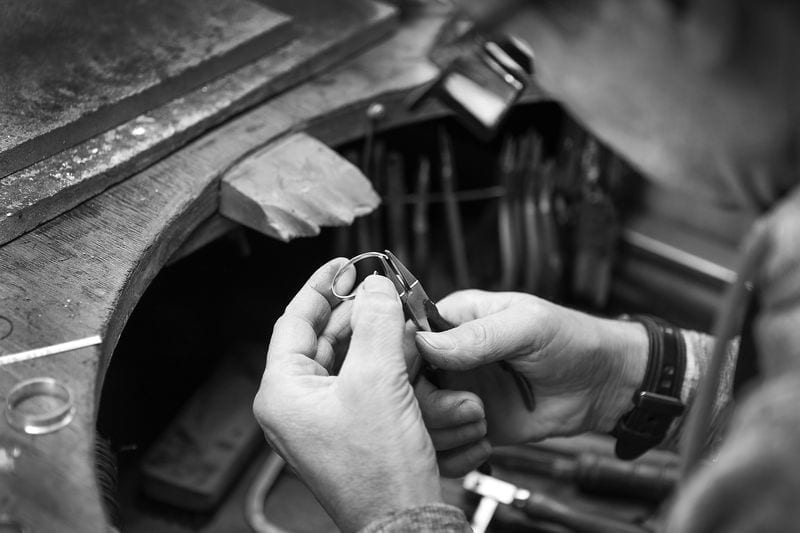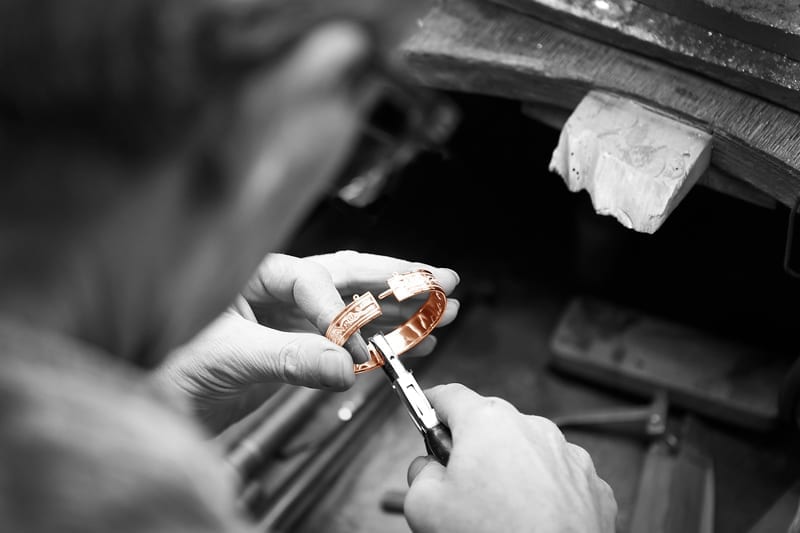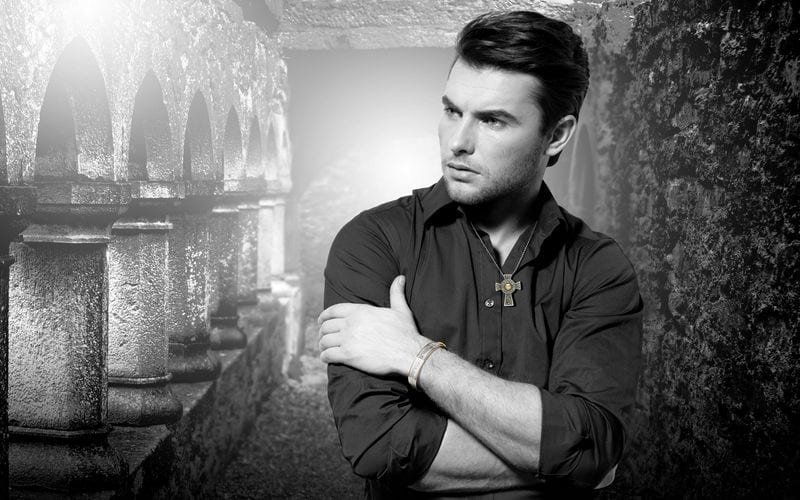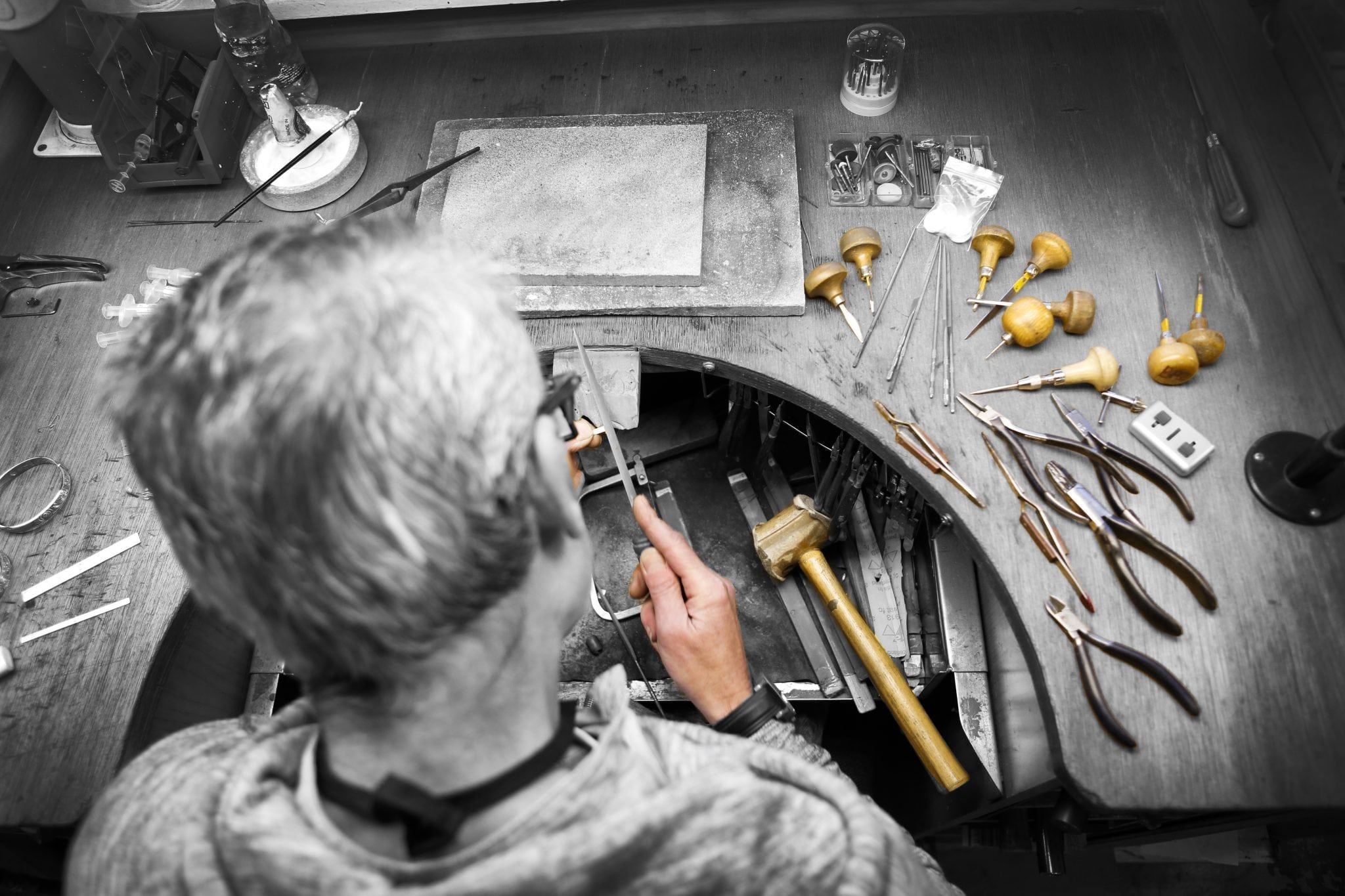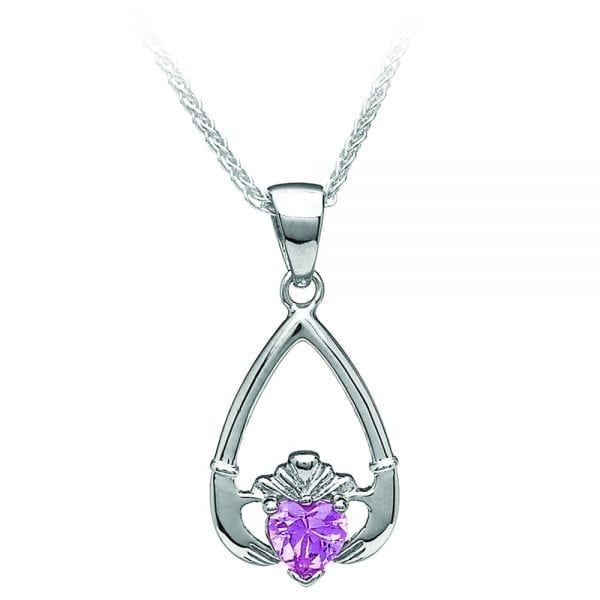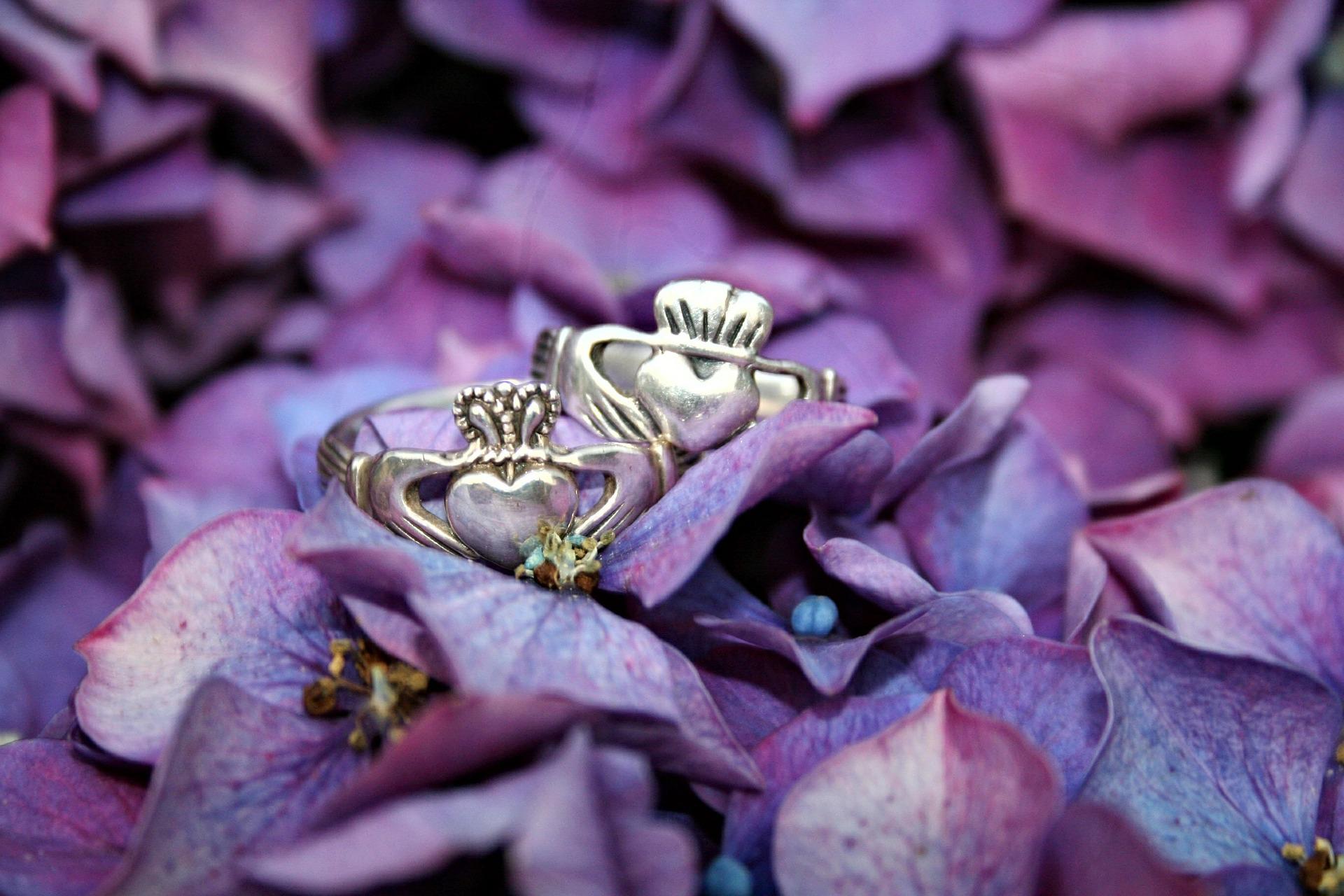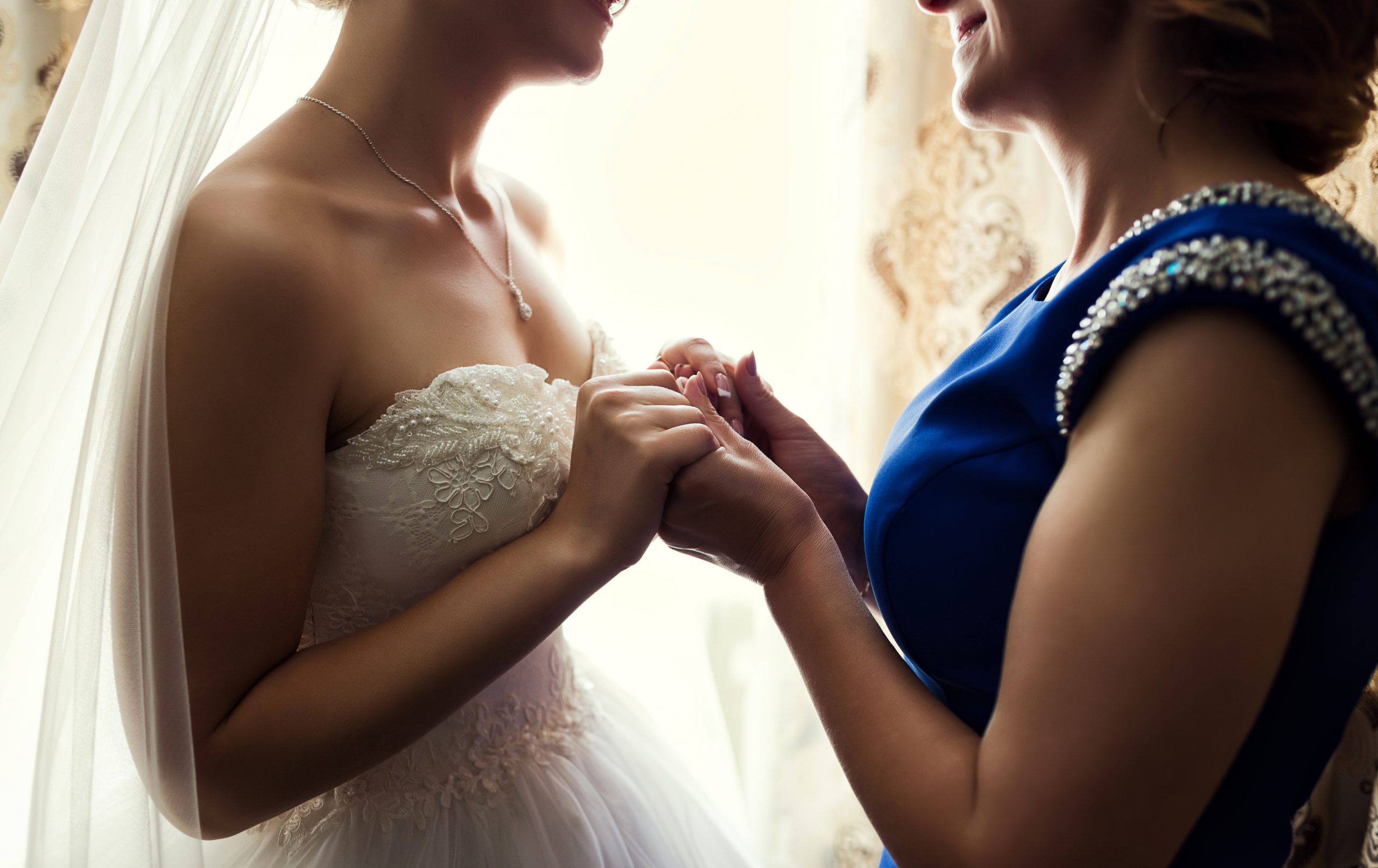Most Meaningful Irish Wedding Traditions You Need to Know
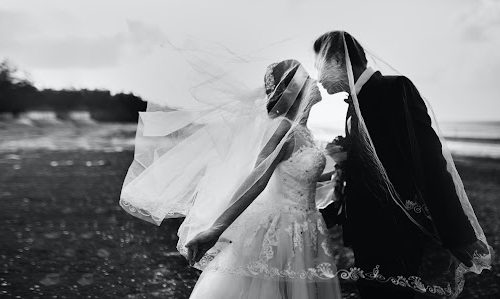
Weddings are a fantastic opportunity to pay homage to past traditions in a meaningful way. You can simply incorporate many great Irish traditions into modern weddings and festivities for couples with ties to Ireland.
Irish wedding customs have been passed down from generation to generation and are still practiced today. You can incorporate some of these charming Irish wedding customs from Ireland’s Gaelic history into your big day.
Even if you’re not planning on throwing an Irish-themed wedding ceremony and you’re just invited to one, understanding the meaning behind Irish wedding traditions will definitely make your night more enjoyable. This guide to the top Irish wedding traditions you need to know includes information on superstitions, ceremonies, and traditional Irish wedding gifts.
Handfasting or Tying the Knot

Hand tying ceremony was the first Irish wedding ritual, with roots dating back to ancient Ireland. This process involves tying the couple’s hands together with rope, ribbon, or lace to symbolize their union. Another interesting fact about this wedding tradition is that a high-ranking member of the society, such as a druid, poet, or scholar, oversaw this process. This also symbolizes how their links will only grow stronger, especially in times of stress. This event usually finds its place in major Irish festivals like Lunasa, where young couples planning to marry would exchange “love knots.”
And, thanks to the British Royals, the handfasting ceremony survived and thrived among other wedding rituals. Moreover, this Irish wedding tradition is something that couples enjoy because you can personalize it. The bride and groom can choose from a variety of colors for the ribbons and cords. It’s also an easy method for a couple with kids to include their children in the ceremony. Because the stripes are placed over the couple’s hands individually, they can let the kids pick the colors and do one or both ribbons.
Irish Wedding Music With Uillean Pipes

Photo by Marius Masalar on Unsplash
The highland bagpipes are popular among the Scots, but the Irish prefer the sweeter and smaller Irish Uilleann pipes. Because bagpipes are pretty loud, these smaller pipes are more popular within the church. Dressed in kilts and full regalia, they make a dazzling figure at an Irish wedding. The piper may play before the ceremony while the guests arrive and immediately before the bride enters the church and leads the processional down the aisle.
During the processional, it’s also customary for the piper to lead the couple down the aisle next to each other. Imagine yourself in a castle’s garden or a lovely old Irish church. You’re all enthusiastically waiting, and the bride enters to the sound of Irish music, immediately associated with the beauties of Ireland. We’d add that there won’t be a dry eye in the house. The sound of the Uillean pipes is quite moving and emotional!
Horseshoe

Photo by Chris Hardy on Unsplash
While an actual iron horseshoe may not be appropriate for a beautiful Irish wedding, you can easily modernize this time-honored tradition. Some brides include horseshoe jewelry in their bridal bouquet, either as a charm or porcelain or cloth horseshoe. They’ll wrap Irish lace around the flower stems and sew a little horseshoe into the lace to keep the custom alive. Alternatively, they’ll have it on a pin and pin it to the underside of their gown.
Most Irish customs are based on superstition because they still believe in the power of the fairy folk (Tuath dé Danann). This wedding tradition is no different. A horseshoe is frequently seen as a symbol of good fortune and protection. A lucky horseshoe can be given as a present or used as a decorative item, such as a wedding cake topper or table numbers.
Bell-Ringing

Photo by Danielle Gehler on Unsplash
This is one of the most famous Irish wedding traditions you need to know. Bells are said to remind couples of their marriage vows. This was not possible in Ireland during the Penal Period; therefore, small wedding bells were given as a substitute. Furthermore, stationery, invites, bunting, and decorations with bells, hearts, shamrocks, and horseshoes are common at modern Irish weddings.
It is believed that the ringing of a bell wards off evil spirits. Another idea is that bells drive away marital problems. This is why church bells ring after a wedding, or guests are given small bells to ring as the couple walks down the aisle as a married couple. Giving the newlyweds a bell is also a traditional wedding gift. The bride can even put the Bells of Ireland in her bouquet, which symbolizes good luck in the language of flowers.
Sixpence In The Shoe

Photo by Andy Holmes on Unsplash
This Victorian rhyme is the basis for this Irish wedding ritual. As a superstitious society, the Irish also have many rituals based on luck and warding off evil spirits, including this one. A “sixpence” is considered a “good luck charm for the bride” that is supposed to bring her luck and prosperity in her marriage. In the past, a gentleman would present his lady with the coin, which she would put in her shoe. Following the tradition, many Irish brides today stick a sixpence coin to the sole of their shoes.
Lace Handkerchief & Clothes

Photo by Andy Holmes on Unsplash
An Irish bride wears a a lace handkerchief on her wedding day, later used to create a bonnet for the baptism of the couple’s first child. It’s a very simple but lovely custom. It’s also possible to pass down the handkerchief from generation to generation, which is quite pleasant. Moreover, of course, lace has a long history in Ireland. In fact, over the years, Irish lace has been used in Royal Weddings.
With her white Irish lace gown for her 1840 wedding, Queen Victoria revolutionized bridal design, as did Princess Diana and Duchess Kate Middleton in more recent years. The couple can embroider the date of the ceremony, as well as their own initials or names on the handkerchief—a lovely little detail for day-of photography and a memento for the coming days of a happy couple.
Irish Wedding Drinks

Photo by Andy Holmes on Unsplash
A customary toast to the happy couple is another Irish wedding tradition you need to know. Of course, in modern times, this is sometimes done by Champagne. But, in seventeenth-century Irish wedding ceremony, , Champagne was in scarce supply! Instead, Poteen or mead were the beverages of choice for most folks. Nowadays, it’s common to save a bottle of Champagne or something similar from the wedding reception to be opened when a baby is brought into the marriage. Don’t assume the Irish wedding traditions involving drinks end here!
Raising a Toast to the Couple

Wedding guests in ancient Ireland would toast the newlyweds with this fermented wine poured into goblets after the feast. Before the customary toast, an Irish reception features several rounds of toasts and blessings, beginning with family members, the wedding party, and friends. The newlywed couple recites the following:
“Friends and relatives, so fond and dear, ’tis our greatest pleasure to have you here. When many years this day has passed, the fondest memories will always last. So we drink a cup of Irish mead and ask God’s blessing in your hour of need.”
The guests answer as follows: “On this special day, our wish to you, the goodness of the old, the best of the new. God bless you both who drink this mead; may it always fill your every need.”
Fill your glass to the brim with honey mead, but don’t take too many sips. Sláinte!
Honeymoon

Photo by Tamara Menzi on Unsplash
There will undoubtedly be Irish beverages served at the reception. The term “honeymoon” comes from an Irish toasting custom of toasting with mead, a honey wine. Meade (or mead) is the oldest drink in Ireland, prepared with honey. The bride and groom would toast each other with special goblets filled with mead in medieval times, and this would last for a month or one moon cycle.
Although couples weren’t often provided with it at traditional Irish weddings, this is a custom that many second-and third-generation Irish couples practice today their honeymoon. Irish whiskey, Irish mist liqueur, cream liqueur, cider, and beer are also popular alternatives.
Irish Symbolic Rings

Photo by Beatriz Pérez Moya on Unsplash
There are a plethora of lovely and romantic Irish symbols appropriate for an Irish wedding ring. The Celtic Knot and the Claddagh (Irish heart ring) are two good examples.
Claddagh Ring
A traditional Claddagh Ring is frequently worn at an Irish wedding, most often by the groom. The ring is turned outwards (on the finger) before the wedding, and it’s turned inwards (on the finger) after the wedding, suggesting that the bearer has been taken forever!
The Claddagh symbolizes three things in marriage: friendship in the form of hands, loyalty in the form of a crown, and love in the form of a heart. The ring is commonly passed down through the generations in Ireland, from mothers to daughters. This makes Claddagh even more meaningful as a wedding accessory.
Celtic Knot
The mysterious Celtic Knot is central to all traditional Irish designs. The endless variety of motifs discovered in old Irish texts or on the towering stone crosses on Ireland’s hills inspired the Irish Celtic Knot ring. These knots are entire loops with no beginning or end. They’re said to signify eternity, whether in the form of loyalty, faith, friendship, or love.
Each pattern uses only one thread, symbolizing how life and eternity are intertwined. These intricate motifs are so popular they can be seen on a variety of items, including jewelry sets, plates, mugs, apparel, and even cutlery.
We hope this article helps you plan an Irish-themed wedding you’ll remember with a fond smile for the rest of your life. Even if you aren’t Irish, such weddings are among the most beautiful and soulful to attend. Understanding the meaning behind these Celtic rituals and love symbols can help you enjoy the celebration even more.
Sources:
https://www.celtic-weddingrings.com/celtic-resources/celtic-knot-meaning
https://theirishgifthouse.com/contents/en-us/d2105420_Irish_Wedding_Traditions.html
https://www.ireland-information.com/articles/irishweddingtraditions.htm
https://www.myirishjeweler.com/blog/6-irish-wedding-traditions-to-include-in-your-ceremony/
https://www.brides.com/irish-wedding-traditions-4800060
https://greenweddingshoes.com/irish-wedding-traditions/


